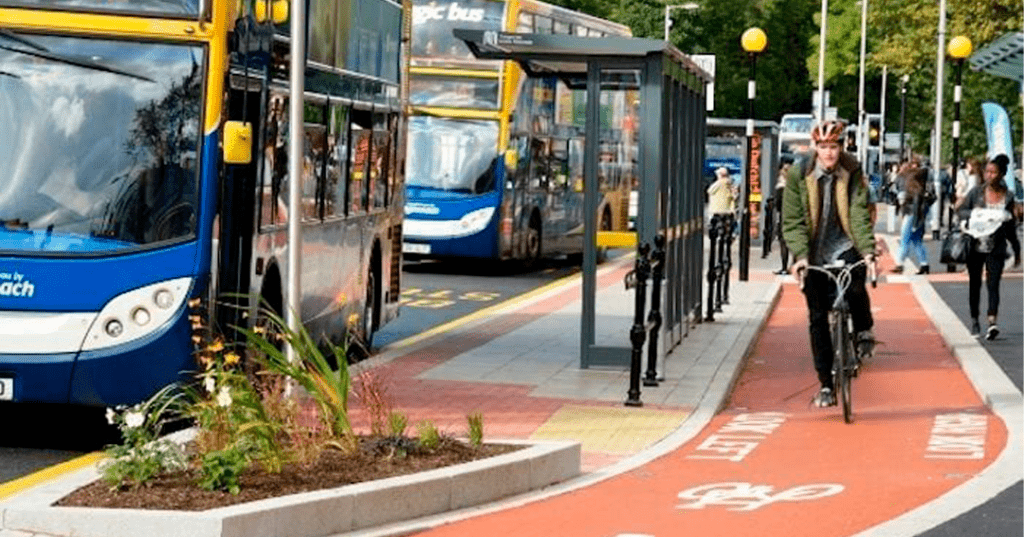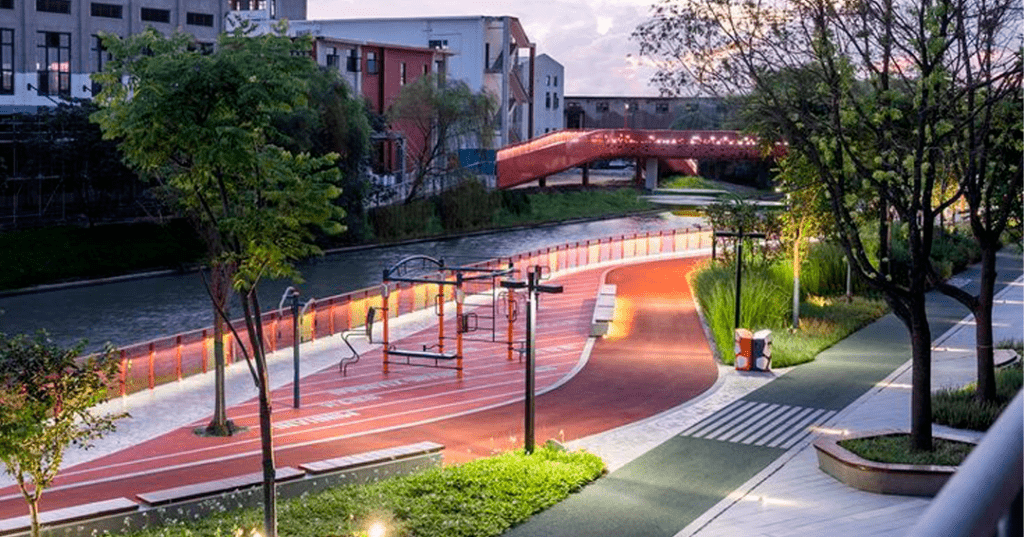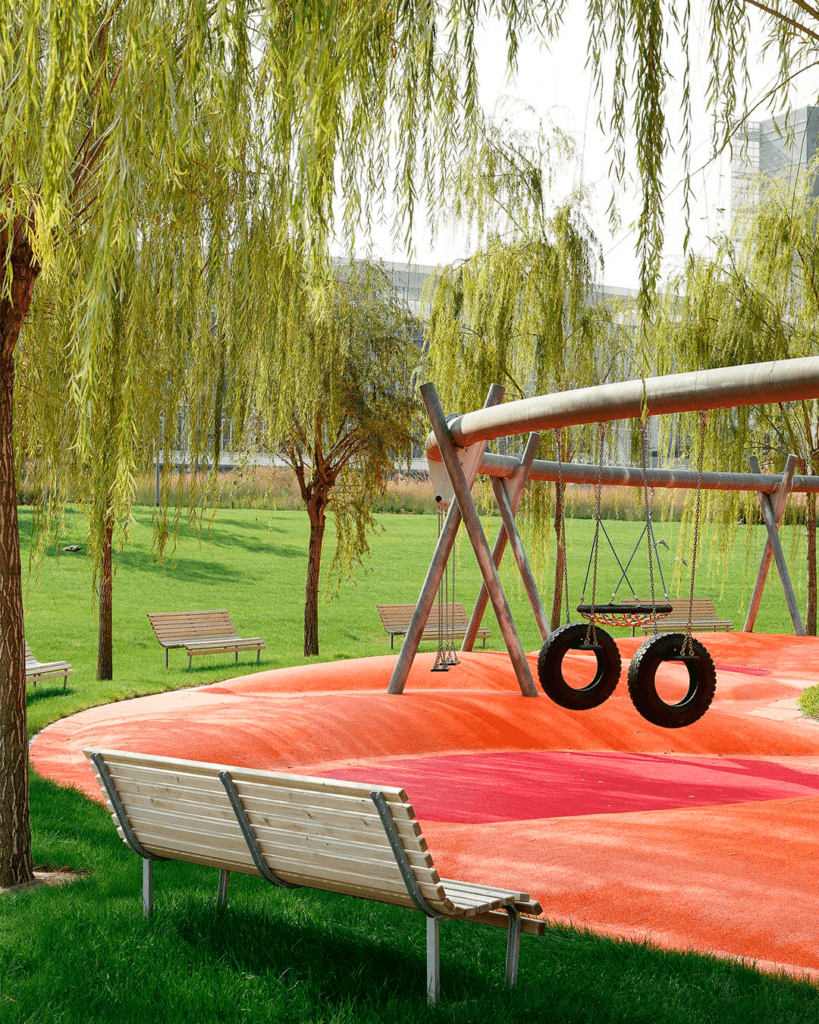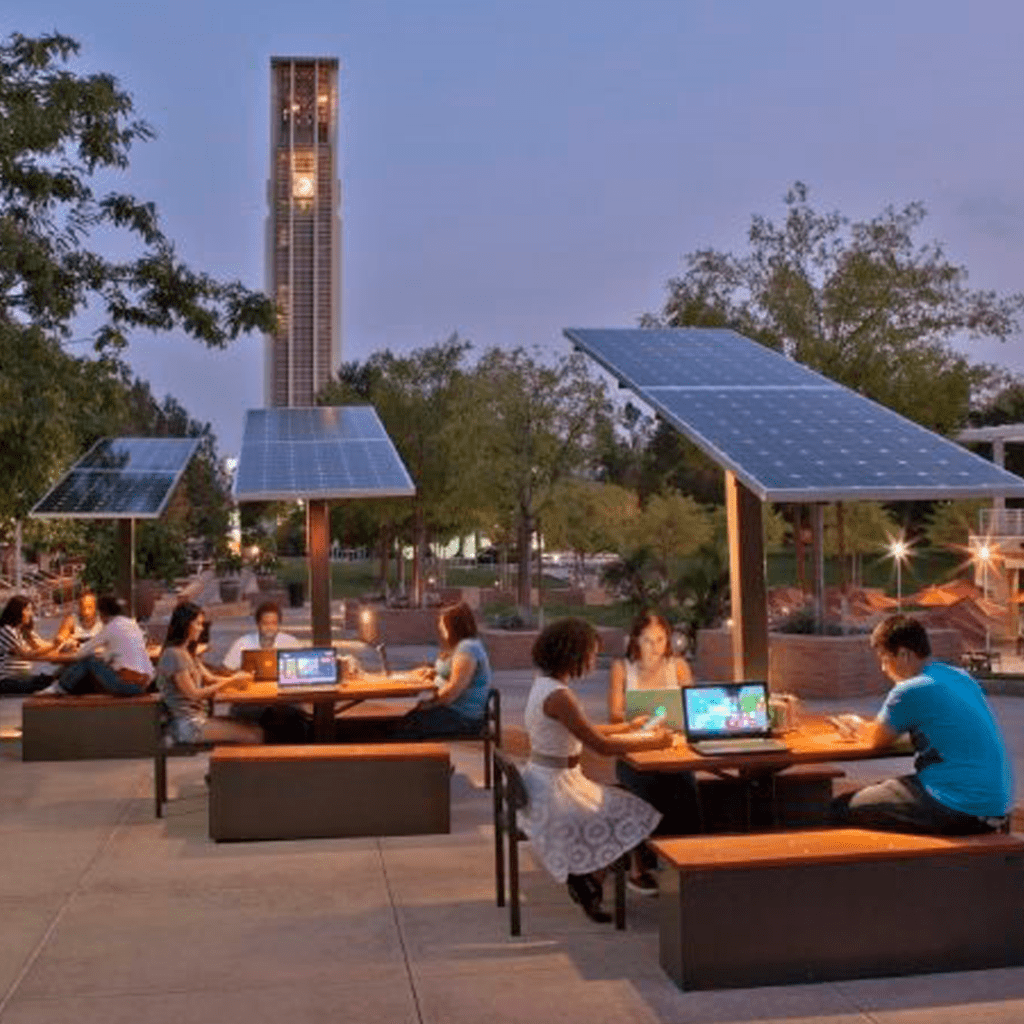EMBRACING THE PEDESTRIAN LIFESTYLE: DESIGNING A VIBRANT CITY FOR LIVING, WORKING, AND PLAYING
Table of Contents:
- Introduction: The Power of the Pedestrian Lifestyle
- Enhancing Walkability: Key Elements for a Pedestrian-Friendly City
- Sustainable Transportation: Paving the Way for Green Mobility
- Urban Design and Public Spaces: Creating Welcoming Environments
- Mixed-Use Developments: Blending Work, Living, and Recreation
- Active Streets: Transforming Roads into Pedestrian Paradises
- The Role of Technology: Smart Solutions for a Pedestrian-Focused City
- Community Engagement: Fostering a Sense of Belonging and Ownership
- Case Studies: Inspiring Examples of Pedestrian-Centric Cities
- Conclusion: Building a Brighter Future, Step by Step
Introduction: The Power of the Pedestrian Lifestyle
In our fast-paced modern world, it’s becoming increasingly vital to prioritize sustainable and human-centric urban planning. The pedestrian lifestyle, which encourages walking and active living, offers numerous benefits for both individuals and the community as a whole. In this blog, we delve into the concept of embracing the pedestrian lifestyle and explore how it can shape vibrant cities that cater to the needs of residents, workers, and leisure seekers.
Enhancing Walkability: Key Elements for a Pedestrian-Friendly City

Creating a pedestrian-friendly city starts with enhancing walkability. We delve into the essential elements that contribute to a walkable environment, such as well-designed sidewalks, clear signage, accessible amenities, and safe pedestrian crossings. By prioritizing these factors, cities can encourage people to choose walking as their preferred mode of transportation.
Sustainable Transportation: Paving the Way for Green Mobility
In this section, we explore the importance of sustainable transportation options in a pedestrian-centric city. We discuss the integration of public transit systems, bike-sharing programs, and electric vehicles, along with the benefits they bring to the environment and residents. By investing in sustainable transportation infrastructure, cities can reduce congestion, lower emissions, and enhance the overall quality of life.
Urban Design and Public Spaces: Creating Welcoming Environments

Urban design and public spaces play a vital role in fostering a vibrant pedestrian lifestyle. We discuss the significance of well-designed streetscapes, parks, plazas, and squares, along with the importance of incorporating nature into urban environments. By creating inviting and well-maintained public spaces, cities can encourage social interactions, physical activity, and a sense of community.
Mixed-Use Developments: Blending Work, Living, and Recreation

Mixed-use developments offer a compelling solution for creating dynamic urban environments that support the pedestrian lifestyle. We explore the concept of blending residential, commercial, and recreational spaces within close proximity, allowing individuals to live, work, and play within a walkable distance. By fostering mixed-use developments, cities can reduce commuting times, increase economic vitality, and promote a healthier and more balanced lifestyle.
Active Streets: Transforming Roads into Pedestrian Paradises
Reimagining streets as vibrant pedestrian spaces is crucial for a city embracing the pedestrian lifestyle. We discuss innovative concepts such as shared streets, pedestrian-only zones, and complete street designs that prioritize walkers and cyclists over vehicles. By transforming streets into pedestrian paradises, cities can create safer, more inclusive, and visually appealing environments that encourage active living.
The Role of Technology: Smart Solutions for a Pedestrian-Focused City

In this section, we explore the role of technology in supporting a pedestrian-focused city. We discuss smart traffic management systems, intelligent lighting solutions, pedestrian-friendly navigation apps, and other technological advancements that can enhance the pedestrian experience and improve safety. By harnessing technology, cities can create seamless and efficient urban environments that cater to the needs of pedestrians.
Community Engagement: Fostering a Sense of Belonging and Ownership
Building a vibrant city for living, working, and playing requires active community engagement. We explore strategies to involve residents, businesses, and community organizations in the urban planning process. By fostering a sense of belonging and ownership, cities can ensure that the pedestrian lifestyle is inclusive and reflective of the needs and aspirations of the diverse population.
Case Studies: Inspiring Examples of Pedestrian-Centric Cities
In this section, we examine real-life case studies of cities that have successfully embraced the pedestrian lifestyle. We explore the strategies and initiatives they implemented to create vibrant and livable urban environments. By analyzing these examples, we can draw valuable insights and inspiration for designing our own pedestrian-centric cities.
Conclusion: Building a Brighter Future, Step by Step
In the concluding section, we summarize the key takeaways from our exploration of the pedestrian lifestyle and its impact on city design. We emphasize the importance of embracing a holistic approach to urban planning, where pedestrians are prioritized in every aspect of the city’s infrastructure and public spaces. By taking incremental steps towards a pedestrian-centric future, we can create vibrant, sustainable, and people-oriented cities that enhance the overall well-being of their inhabitants.



